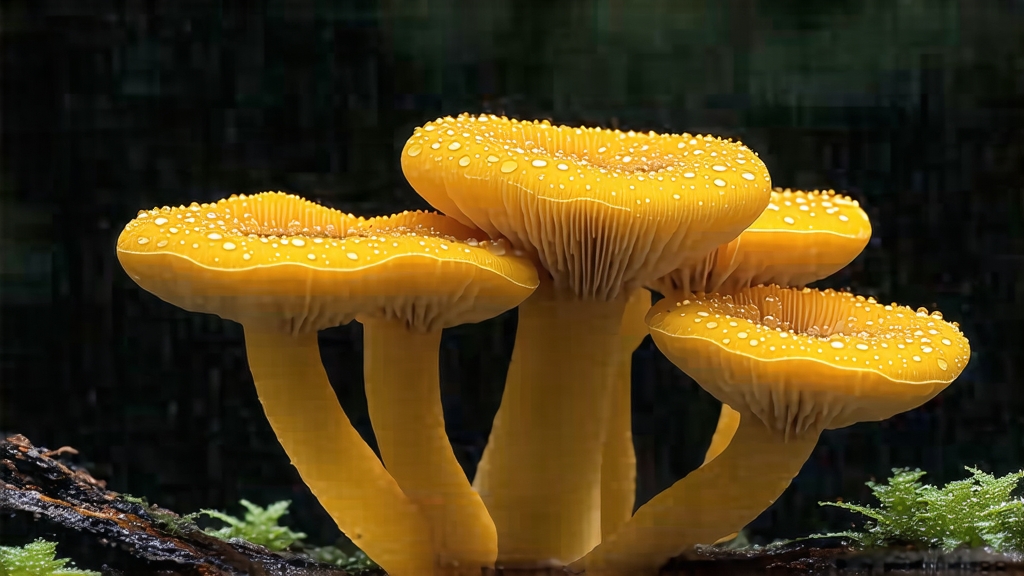
Among the six major chromatic families of Chinese tea, dark tea (heicha) is the most itinerant; it was born on the humid tea hills of Hunan, then spent centuries travelling across yak caravans, Buddhist monasteries and imperial granaries before finally returning home as a national treasure. Within that family, Fu brick tea—Fuzhuan cha—is the variety that most vividly embodies this odyssey. Compressed into glossy black bricks whose broken surfaces sparkle with tiny golden grains, Fu brick carries the smell of old cellars, the sweetness of wild honey and the mineral breath of the Qinling Mountains. To international drinkers who have met only pu-erh, discovering Fu brick is like finding an older, quieter sibling who speaks the same language but tells entirely different stories.
Historical footprints
The word “Fu” refers to the county of Fuxian in Shaanxi province, once the gateway through which Hunan maocha (rough tea) was carried northward during the late Ming dynasty. In 1368 the imperial court designated seven official “Tea Markets” along the northwest frontier; Fuxian became the depot where tea was re-processed, compressed and branded before continuing to Tibet, Mongolia and Central Asia. Caravans preferred bricks because they stacked securely on mule saddles, resisted humidity better than loose leaves, and could be split into currency-like sections for barter. By the Qing period a standardized brick weighed exactly 3.125 kg, the amount needed to swap for one horse in the royal “Tea-for-Horse” scheme. When the northern leg of the Silk Road shifted southward during the 19th century, the workshops migrated to Jingyang county near Xi’an, giving rise to the modern “Jingyang Fu brick.” Today both Jingyang and Anhua (Hunan) share the same national geographical-indication status, but connoisseurs still debate whether terroir or technique matters more.
Micro-terroir and leaf grade
Authentic Fu brick starts with third-and fourth-leaf pickings from the cloud-veiled foothills of Anhua county. The cultivar of choice is Yun Tai Da Ye, a large-leaf landrace that accumulates soluble pectins and retains enough stem tissue to feed the forthcoming microbial bloom. After plucking, the leaves are withered briefly, then fixed at a lower temperature than green tea to preserve oxidative enzymes that will matter later. The key distinguishing step is “Qing Mao” rolling, in which the leaf is twisted just hard enough to rupture 30–35 % of the cells, leaving the remainder intact for slow endogenous fermentation.
From wet piling to golden flowers
What follows is a controlled composting unique to dark teas. The maocha is piled 70 cm high inside a heated basement, sprayed with mineral-rich water from the Jinghe River, and covered with hemp canvas. Thermophilic bacteria quickly drive the core temperature to 55 °C; every 48 hours the pile is turned, aerated and re-moistened. After roughly two weeks the leaves have turned chocolate brown and developed the earthy, betel-like aroma that Chinese tasters describe as “Chen Xiang.”
The partially fermented tea is now ready for bricking, but Fu brick diverges from other dark teas by inviting a second, more delicate microbiome. The damp leaves are steamed for 90 seconds, then packed into cedar-wood moulds lined with cotton paper. Over the next 12 days the bricks rest in a ventilated loft kept at 28 °C and 75 % relative humidity. Under these conditions Eurotium cristatum—an airborne fungus ubiquitous in old libraries—colonizes the interior, forming tiny yellow cleistothecia visible to the naked eye. Because the spores look like flecks of precious metal, locals nicknamed them “golden flowers” (jin hua). Far from being spoilage, the fungus excretes enzymes that convert polyphenols into gallic acid and aglycones, mellowing bitterness and adding a faint dried-apricot sweetness. Modern metagenomic studies show that during peak bloom E. cristatum constitutes up to 90 % of the fungal population, out-competing potentially harmful molds and lowering the brick’s aflatoxin risk to undetectable levels.
Compression, ageing and the taste of time
Once the golden flowers have peaked, the bricks are moved to a hydraulic press and compressed at 50 MPa for twenty minutes. The pressure is calibrated to leave 8–10 % air space—enough to allow continued micro-oxidation but tight enough to deter pests. The bricks are then